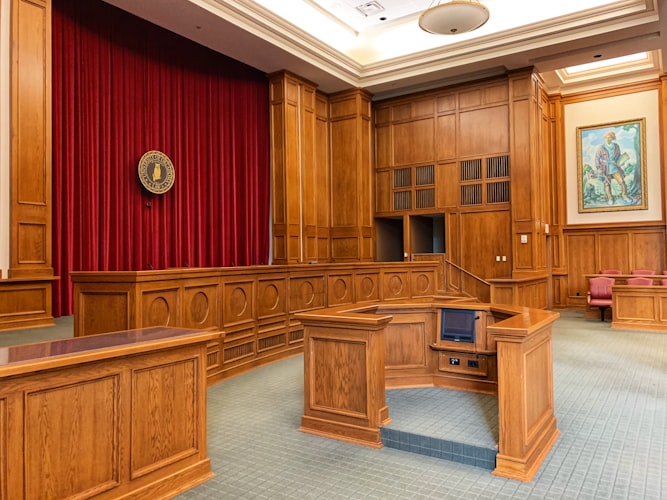Brady Rule and How Prosecutors Violate It
Share


There are many protections that citizens possess in the criminal justice system like the Brady Rule. Originating from the landmark Supreme Court case, Brady v. Maryland, the Supreme Court ruled that prosecutors are required to turn over any exculpatory evidence–evidence that acquits the defendant–to the defense. However, there have been problems throughout the history of prosecutors either ignoring the Brady Rule completely or simply trying to play ignorant.
Brady violations include five forms of evidence. The first is evidence that points at someone else as the guilty party. In Turner v. United States, prosecutors did not turn over evidence that a witness saw someone else at the crime scene and then ran away after the murder.
The second form of evidence is a prior statement made by the witness that does not match. In 1985, Bridgett Lamon’s body was recovered by the police along with semen. Months later, Catherine Tameny was found dead in her apartment with semen in her underwear. Decades later, Lynn Johnson, who matched the semen, stood trial for Lamon’s murder, and Wendell Lemond, who did not match the semen, stood trial for Tameny’s murder. Both were convicted. During the trial, forensic analyst Mary Hong–gave important testimony in both cases. In the Lamon case, Hong said that the low amount of semen meant that it had been there within 24 hours of the crime scene. But in the Tameny case, Hong claimed that the low amount of semen meant it had been there more than 24 hours before the crime, and therefore, the jury should not worry about it not matching with Lemond. The government never turned over Hong’s testimony.
The third form of exculpatory evidence under the Brady Rule is evidence that the witness has a reason to lie. In a 1992 trial, Texas accused Cameron Todd Willingham of murdering his children through arson and eventually sentenced him to death. The statute, in this case, used arson evidence that has now proven to be unreliable, or evidence that could not prove that Willingham committed arson. However, the prosecutor also failed to mention that they had made a deal with a jailhouse snitch.
The fourth piece of evidence is information that invalidates the police. In Baltimore, an uncovered video showed the police placing evidence at an active crime scene during an arrest, which made the police look invalid. None of the officers faced suspension but to did get referred to the department’s Internal Affairs Division.
The fifth form of evidence is information that invalidates a crime lab technician. Four days prior to Florencio Jose Dominguez’s conviction, the San Diego Police Department Crime Lab changed how they interpreted DNA mixtures. Under this new interpretation, analysts could not conclude that Dominguez was involved in the crime. However, the DNA analyst at the front lines of charging Dominguez used the old procedures and testified that Dominguez was at the crime scene. Recently Dominguez’s conviction has been overturned.
All these examples of exculpatory evidence have come with real-world examples so how is the Brady Rule still being violated? The exculpatory evidence definition is not hard to understand and is basically laid out. Anyone with a law degree could easily follow the Brady Rule but there are still so many violations that happen today. These violations cannot be seen as human mistakes anymore; they cannot even be seen as mistakes. They are deliberate actions made by prosecutors to ruin lives and put innocent people behind bars while letting the real guilty party walk free.
This begs the question that if Brady violations are known, why do they continue? There are a couple of reasons for this. The first reason is that prosecutors claim the evidence is not material–evidence that points to another reasonable probability of a divergent outcome. Second, courts are hesitant to reverse convictions. Third, it is almost impossible to sue prosecutors in civil court. Fourth, state bar associations very rarely punish prosecutors. Fifth, courts are slow to enforce disciplinary steps. Penultimately, prosecutors make deals to avoid confessing to misconduct. Finally, defending bad behavior is not an obstacle to gaining more political power.
In order for Brady violations to be eradicated completely, the system has to change. Law enforcement needs to start being punished for Brady violations instead of hiding behind each other. There needs to be more emphasis on holding each other accountable in the legal system. There can not be this protection of each other because it has resulted in innocent people dying or being imprisoned. The Brady Rule violations tip the scale in favor of the prosecutor and this results in the harm of innocent people and making out justice system an unjust one.


Want to get involved?
Connect with us! Connect with us!